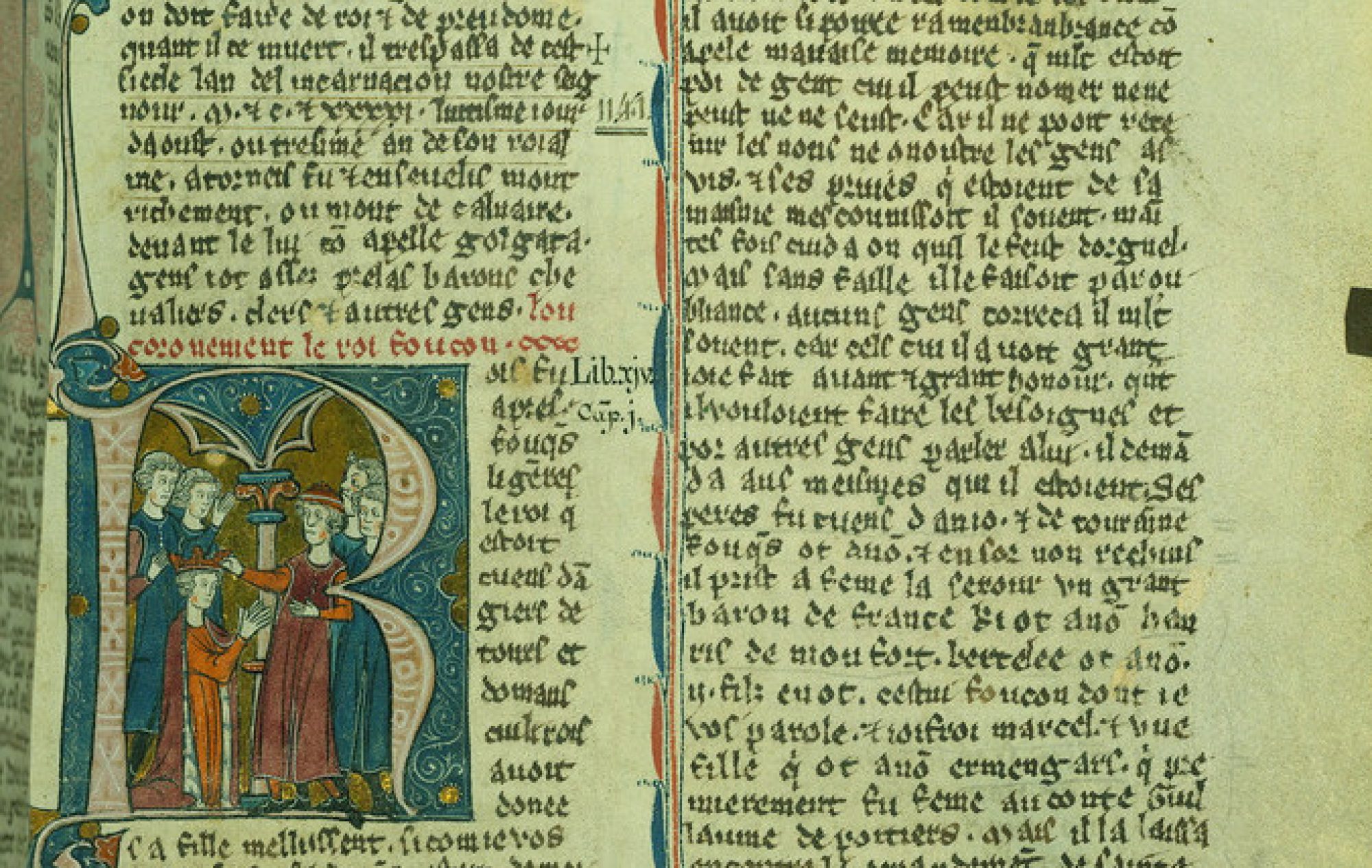Not only were France and England fighting each other during the Hundred Years’ War, both countries were also fighting internally. France had a civil war from 1407-1435, and England’s civil war occurred just two years after the end of the Hundred Years’ War, lasting from 1455-1485.
The War of the Roses (English Civil War)

The War of the Roses was a battle for control between two different houses, which represented lineages of kings. One house was the House of Lancaster, represented by a red rose, and the other was the House of York, represented by a white rose (thus the name of the war).1 Historians debate the cause of the war, whether it was Henry VI’s ineffectiveness as a ruler, or whether it was due to the structural problems of feudalism.2 Ultimately, there was a Lancastrian victory, and Henry Tudor took the throne as Henry VII. To ensure the conflict would not reignite, Henry married Elizabeth of York, which united the two clans and created the House of Tudor.3
Armagnac – Burgundian Civil War (French Civil War)

The Armagnac-Burgundian civil war was fought during the time of the Hundred Years’ War and also overlapped with the Great Western Schism. The French civil war was between two rival lineages of royals in France, the House of Orléans (Armagnac faction) and the House of Burgundy (Burgundian faction). The leaders of these houses were closely related to the French king and therefore were considered “princes of blood”.4 They held considerable sway over French politics at the time. The war was caused by a confrontation between two very different social, economic and religious systems. One was a French system – strong in agriculture, feudalism and religion, the other was an English system – favouring pasture and sheep farming, and valuing artisans, middle classes and cities. The House of Burgundy supported the English model, whereas the Armagnacs favoured the French. Adding to the conflict was the Western Schism and the Avignon Papacy. There was an election of an Armagnac-supported Pope Clement VII, who opposed the English-backed pope of the Roman papacy, Urban VI.5 The conclusion of the war came about when King Charles VII created the Treaty of Arras with Philip the Good (Burgundian) to end the civil war.6
- David Grummitt, A Short History of the War of the Roses (London, England: I.B. Tauris, January 20, 2014), xiii.
- Ibid, xviii.
- Ibid, xv.
- David Green, The Hundred Years War: A People’s History (New Haven, England: Yale University Press, 2014), 158.
- Ibid, 76.
- Ibid, 206.
- Henry Arthur Payne, Plucking the Red and White Roses in the Old Temple Gardens, City Museums and Art Gallery, 1908.
- Martial d’Auvergne, Les Vigiles de Charles VII, Les Poésies de Martial de Paris, dit d’Auvergne, A.-U. Coustelier, 1724, 143.
